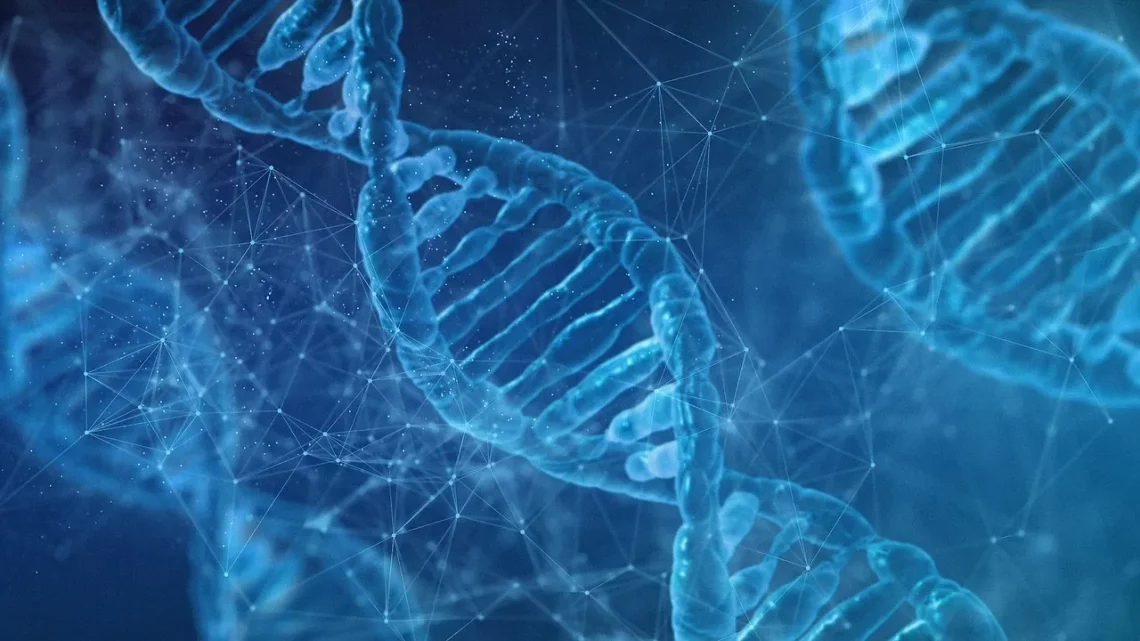
Exploring the Fascinating Concept of Cure Dolly in Genetics
Genetics has always been a captivating field of study, drawing the curiosity of scientists, researchers, and the general public alike. The intricate mechanisms of heredity, the structure of DNA, and the ways in which genetic information shapes living organisms are at the forefront of modern biology. Among the various groundbreaking developments in genetics, one concept that has sparked immense interest is the notion of cloning, epitomized by the famous sheep, Dolly. The implications of her existence have far-reaching consequences, not just for the field of genetics, but also for ethical considerations, societal impacts, and our understanding of life itself.
As we delve deeper into this fascinating topic, we uncover layers of complexity surrounding genetic engineering and cloning technologies. The scientific community continues to explore the potential benefits and risks associated with these advancements, raising questions that challenge our perceptions of identity, individuality, and the natural order. Moreover, as technology progresses, so do the possibilities for genetic manipulation, leading to discussions about the future of healthcare, agriculture, and even the preservation of endangered species. In this dynamic landscape, understanding the underlying principles and the historical context of cloning becomes essential for grasping its significance in our world today.
The Science Behind Cloning
Cloning is a process that involves creating a genetically identical copy of an organism. The science of cloning is rooted in the understanding of DNA and the cellular mechanisms that govern reproduction. At its core, DNA is the blueprint of life, containing the instructions necessary for the growth, development, and functioning of all living organisms. Cloning techniques can be broadly categorized into two types: reproductive cloning and therapeutic cloning.
Reproductive cloning aims to create an organism that is genetically identical to another. This is achieved through a method called somatic cell nuclear transfer (SCNT), where the nucleus of a somatic cell is transferred into an egg cell that has had its nucleus removed. The resulting embryo can then be implanted into a surrogate mother, leading to the birth of a genetically identical organism. Dolly the sheep, created using this technique, was the first mammal to be cloned from an adult somatic cell, marking a significant milestone in genetic research.
On the other hand, therapeutic cloning focuses on producing embryonic stem cells that can be used for medical purposes. These stem cells have the potential to develop into any cell type in the body, offering promising avenues for regenerative medicine. Scientists believe that therapeutic cloning could lead to breakthroughs in treating various diseases, including Parkinson’s and diabetes, by generating healthy tissues or organs for transplantation.
Despite the groundbreaking nature of these techniques, cloning raises ethical questions and concerns. The potential for misuse, the moral status of cloned organisms, and the implications for biodiversity are all topics of intense debate. As research continues, it is crucial to navigate these challenges thoughtfully, balancing scientific advancement with ethical responsibility.
Ethical Considerations in Cloning
The advent of cloning technologies has ushered in a myriad of ethical dilemmas that prompt us to reconsider our relationship with nature and the essence of life. Central to the debate is the question of what it means to clone an organism. While some argue that cloning holds the promise of medical advances and agricultural improvements, others raise concerns about the implications for individuality and the sanctity of life.
One major ethical issue revolves around the treatment of cloned animals. Proponents of cloning often emphasize its potential benefits, such as preserving endangered species or producing livestock with desirable traits. However, studies have shown that cloned animals frequently experience health problems and shorter lifespans, raising questions about their welfare. The moral implications of creating life with a known risk of suffering cannot be overlooked.
Furthermore, the debate extends to human cloning and the potential for “designer babies.” The idea of selecting specific traits or eliminating genetic disorders through cloning or genetic manipulation presents both exciting possibilities and profound ethical concerns. Many argue that such practices could lead to a society where genetic inequality becomes exacerbated, favoring those who can afford genetic enhancements over those who cannot.
Religious and philosophical perspectives also play a significant role in shaping opinions on cloning. Different belief systems offer varying interpretations of the morality of creating life in a lab versus through natural processes. These discussions highlight the need for a nuanced approach to bioethics, where diverse viewpoints are considered in the face of rapid scientific advancement.
Ultimately, as we explore the boundaries of genetic engineering, it is vital to engage in open dialogues that address the ethical implications of our choices. Balancing innovation with moral responsibility will be crucial in ensuring that the benefits of cloning and genetic research are realized without compromising our ethical standards.
The Future of Genetic Engineering
The future of genetic engineering holds immense potential, with advancements that could revolutionize healthcare, agriculture, and environmental conservation. As scientists continue to unravel the complexities of the genome, new technologies such as CRISPR-Cas9 have emerged, providing precise tools for editing genes. This revolutionary technique allows for targeted modifications to DNA, opening doors to correcting genetic disorders and enhancing crop resilience.
In healthcare, genetic engineering could lead to personalized medicine, where treatments are tailored to an individual’s genetic makeup. By understanding the genetic basis of diseases, researchers can develop therapies that are more effective and have fewer side effects. This shift towards personalized approaches could transform how we treat chronic illnesses, paving the way for a healthier future.
Moreover, agricultural advancements through genetic engineering can address the challenges posed by climate change and food security. Crops can be engineered to withstand harsh environmental conditions, resist pests, and increase yields. These innovations are vital for sustaining a growing global population and ensuring food availability in the face of changing climates.
However, with these advancements come significant responsibilities. The potential misuse of genetic technologies raises concerns about bioterrorism, ecological disruptions, and ethical dilemmas surrounding genetic modifications in organisms. As we stand on the precipice of unprecedented capabilities, it is essential to establish robust regulatory frameworks that govern the use of genetic engineering, ensuring safety and ethical considerations are prioritized.
In conclusion, the exploration of genetic engineering and cloning technologies presents a dual-edged sword, offering remarkable possibilities while posing profound ethical questions. As we navigate this complex landscape, it is crucial to remain informed, engaged, and thoughtful about the implications of our scientific endeavors.
**Disclaimer:** This article is for informational purposes only and does not constitute medical advice. For any health-related issues, please consult a qualified medical professional.




